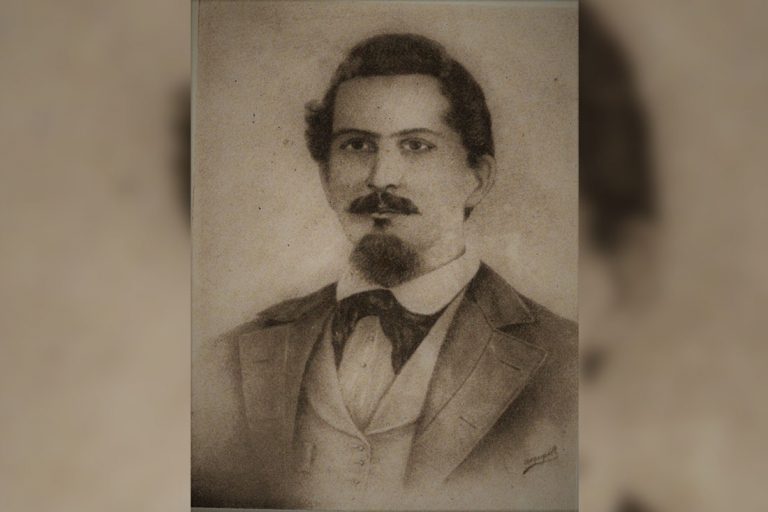On July 4th, 1851, Narciso López landed in Cuba. This date was also set by the Sociedad Libertadora for the general uprising. The symbolism of the independence of the Thirteen English Colonies in North America was powerful. Joaquín de Agüero, who had been joined by some forty men, woke up that day at the San Francisco de Jucaral estate, belonging to Cascorro.
There he dictated a Declaration of Independence: “We have met, protesting to men that, for the reasons indicated, we do not want to live such a life any longer. In fact and in law we constitute ourselves in open rebellion against all acts or laws that emanate from our former metropolis: we disregard any authority of any kind and category, whose appointments and powers do not come exclusively from the majority of the people of Cuba. , only in morality to whom we recognize faculties to give laws in the person of their representatives.”
The rebel Joaquín de Agüero was called to explain his behavior for freeing his slaves, consequently, the Captain General of Cuba, Lieutenant General José de la Concha, advised the government of Madrid to suppress the Court of Puerto Príncipe in 1851.
What a problem! De la Concha dismissed the daring and also imprisoned them. They had make the indomitable land obedient. But Joaquín de Agüero did not want to see the women beg for mercy: “…for nothing in this world should the midwives of Camagüey humiliate themselves, they are the glory and pride of my country…”
Researcher Fernando Portuondo affirms that for this reason his agent, General Lemery, by taking charge of the Command of that region, irritates and offends Camagüeyan society by kicking out of their convent the Ursulines, Camagüeyan nuns, who have educated girls who later behave regardless of the traditions of female servility and show interest in public affairs, turning a house erected by Creole piety into a barracks.
Joaquín de Agüero in front of the Prosecutor
The exhaustive investigation carried out by Portuondo states that: “When questioned by the Prosecutor the first time, he explained that by attacking Tunas he planned to hold a kind of plebiscite there and “extend a statement spontaneously emanating from the town itself to the H.M. government asking for the reforms of the laws that govern us…”; moreover, when subjected to the so-called confession test, he refused to ratify the previous statement and affirmed, knowing that in this way he himself was on the scaffold:
“I thought then, and still today, that the country needs a government and laws very different from those that govern it and that being unable to achieve these improvements by legal means, it was forced to resort to force, and for this he armed all those who, penetrated by his same ideas, pretended to follow him… “
Values
Waste of atriotism, Independence, Anti-colonialism, Anti-slavery, Character! to death.
Bibliography
Alfonso, Félix Julio (2010) Los Placeres de la Historia, Colecciones Unoión, La Habana, Cuba.
Juárez Cano, Jorge (2017) Apuntes de Camagüey. Camagüey, Colección Esencias.
Portuondo, Fernando (1951) Joaquín de Agüero y sus compañeros de Camagüey en Emilio Roig de Leuchsenring, Homenaje a los mártires de 1851, Municipio de la Habana Administración del alcalde sr. Nicolás Castellanos Rivero.
Translated by: Aileen Álvarez García






